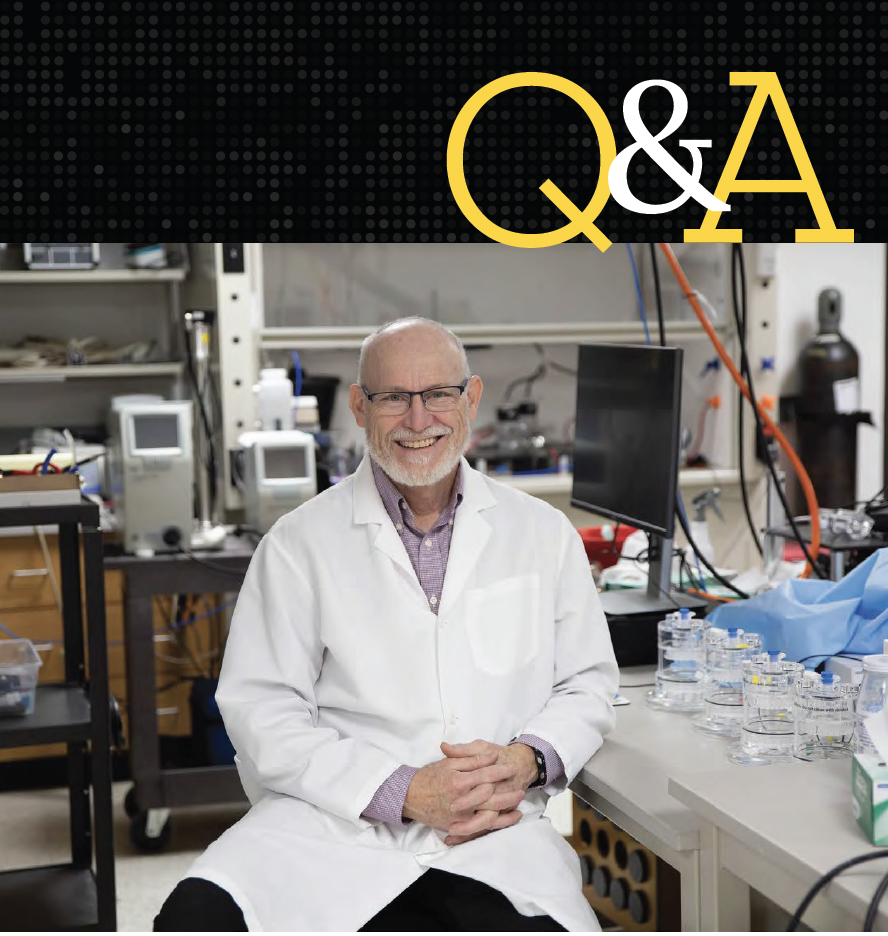
Iowa Climate Statement 2025: Climate Change Fuels Higher Insurance Costs
Read the Iowa Climate Statement 2025
Press release: Iowa Climate Statement 2025 News Release
Click here to view media coverage of the 2025 Iowa Climate Statement.
For questions email rose-phillips@uiowa.edu
As of 2025, the EHSRC no longer supports the Iowa Climate Statement with federal funds.
Iowa Climate Change Statements:
Iowa Climate Statement 2024: Individual Actions to Help Solve the Climate Crisis
Iowa Climate Statement 2023: It’s Time to Tap Iowa’s Vast Solar Energy Resources
Iowa Climate Statement 2022: The Many Benefits of Our Trees
Iowa Climate Statement 2021: Strengthening Iowa’s Electric Infrastructure
Iowa Climate Statement 2020: Will COVID 19 Lessons Help Us Survive Climate Change
Iowa Climate Statement 2019: Dangerous Heat Events Will Be More Frequent and Severe
Iowa Climate Statement 2018: Extreme Weather Events
Iowa Climate Statement 2018: Designing Buildings and Communities for Iowa’s Future Climate
Iowa Climate Statement 2017: It’s not just the heat, it’s the humidity!
Iowa Climate Statement 2016: The Multiple Benefits of Climate-Smart Agriculture
Iowa Climate Statement 2015: Time for Action
Iowa Climate Statement 2014: Impacts on the Health of Iowans
Iowa Climate Statement 2013: A Rising Challenge to Iowa Agriculture
Iowa Climate Statement 2012: The Drought of 2012
Iowa Climate Statement 2011: Climate Science and Public Policy in Iowa
 Dr. Michael Welsh, Professor of Internal Medicine and longtime EHSRC member, has won the
Dr. Michael Welsh, Professor of Internal Medicine and longtime EHSRC member, has won the 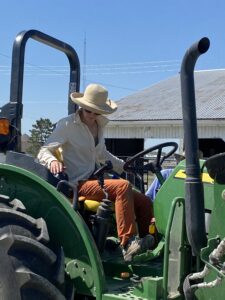 The EHSRC has released a new
The EHSRC has released a new 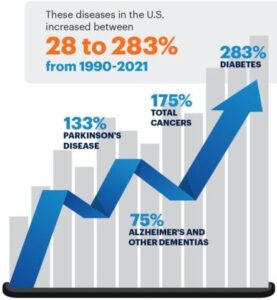 Chronic diseases including cancer, diabetes, Parkinson’s Disease, chronic respiratory disease, and childhood neurodevelopmental disorders have increased dramatically in the United States over the past few decades. Research shows that these diseases are linked to environmental factors such as air pollution, microplastics, and harmful chemical exposures.
Chronic diseases including cancer, diabetes, Parkinson’s Disease, chronic respiratory disease, and childhood neurodevelopmental disorders have increased dramatically in the United States over the past few decades. Research shows that these diseases are linked to environmental factors such as air pollution, microplastics, and harmful chemical exposures.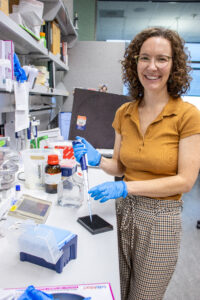 NIEHS is at the forefront of conducting research that protects public health by revealing how environmental factors impact health and disease and supporting communities in responding to environmental disasters such as chemical spills and extreme weather events like hurricanes. NIEHS P30 environmental health research centers are at the core of this mission by advancing scientific understanding, addressing emerging public health threats, improving community health, and reducing health care costs.
NIEHS is at the forefront of conducting research that protects public health by revealing how environmental factors impact health and disease and supporting communities in responding to environmental disasters such as chemical spills and extreme weather events like hurricanes. NIEHS P30 environmental health research centers are at the core of this mission by advancing scientific understanding, addressing emerging public health threats, improving community health, and reducing health care costs.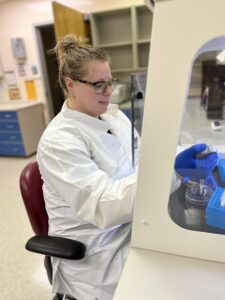 The
The 
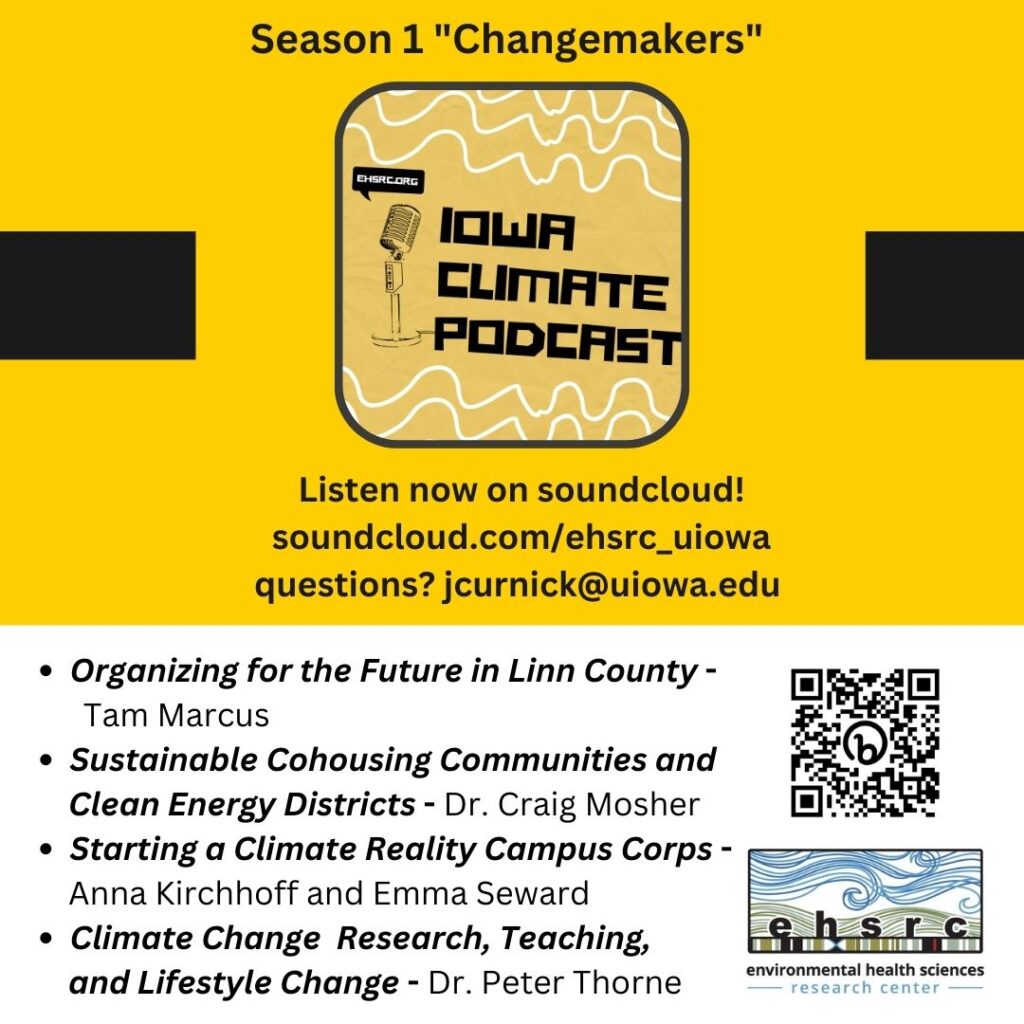
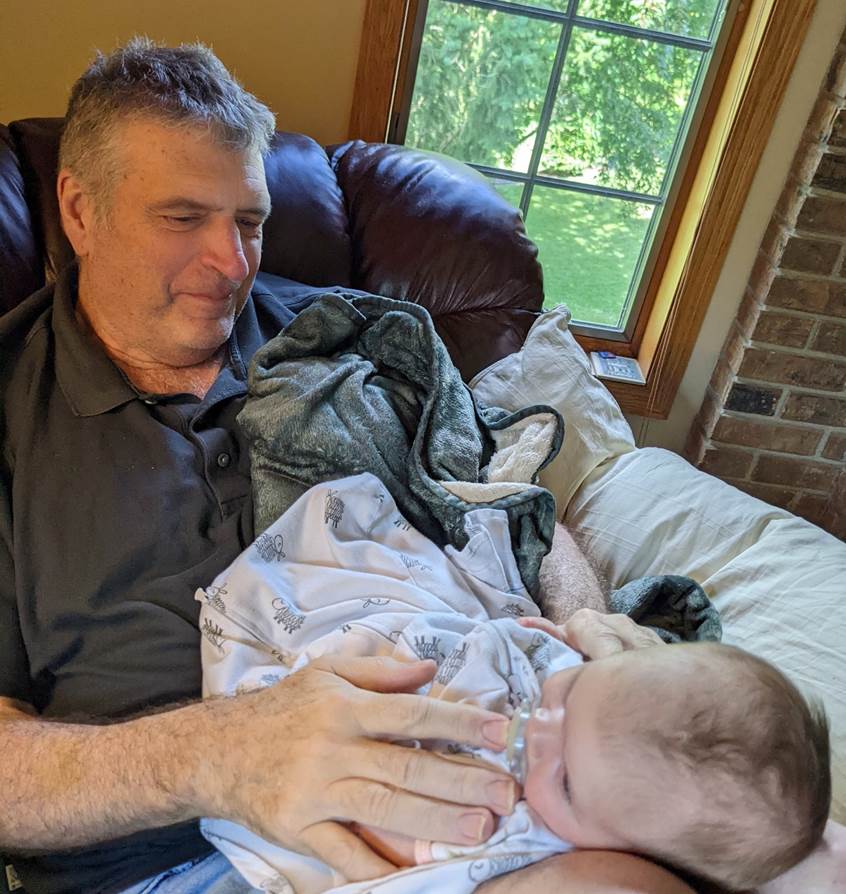 1994. He joined the UI faculty in 1998. He recently retired as a Professor from the University of Iowa’s College of Public Health with appointments in the Department of Occupational and Environmental Health and Department of Epidemiology.
1994. He joined the UI faculty in 1998. He recently retired as a Professor from the University of Iowa’s College of Public Health with appointments in the Department of Occupational and Environmental Health and Department of Epidemiology.